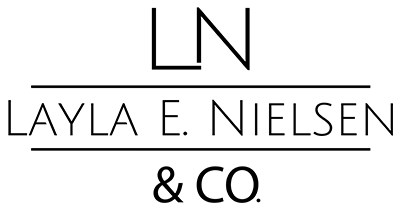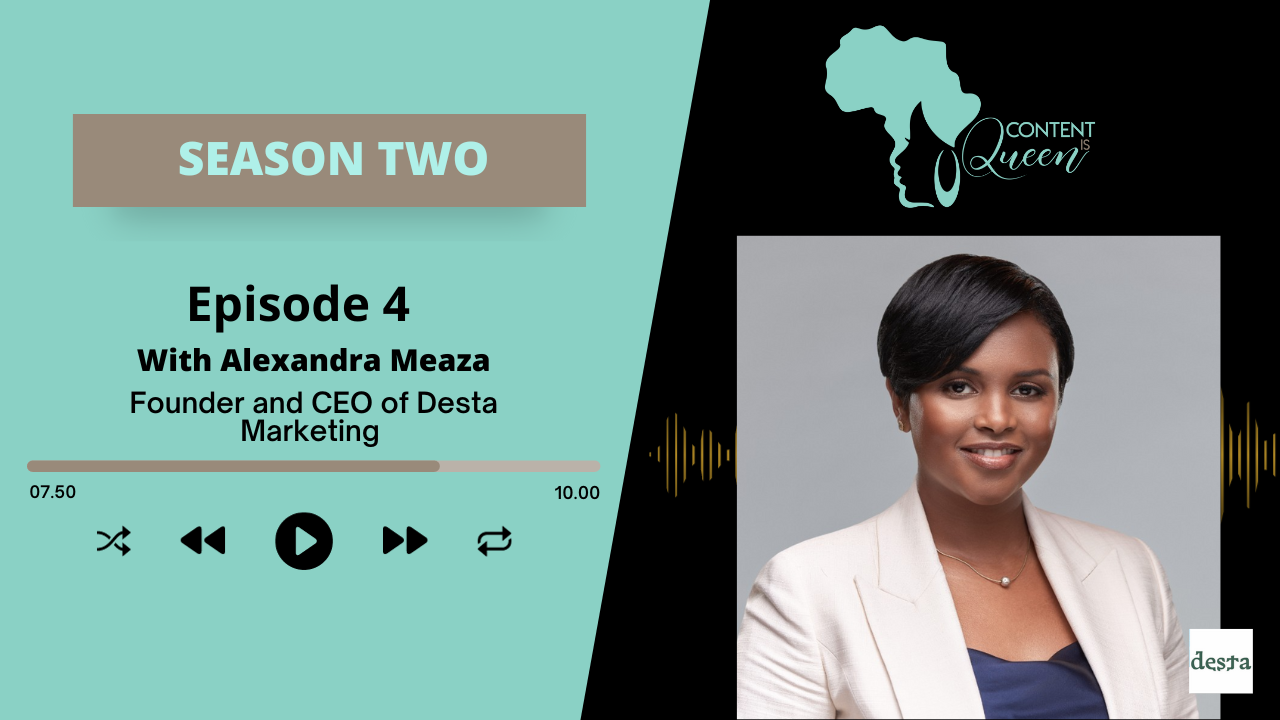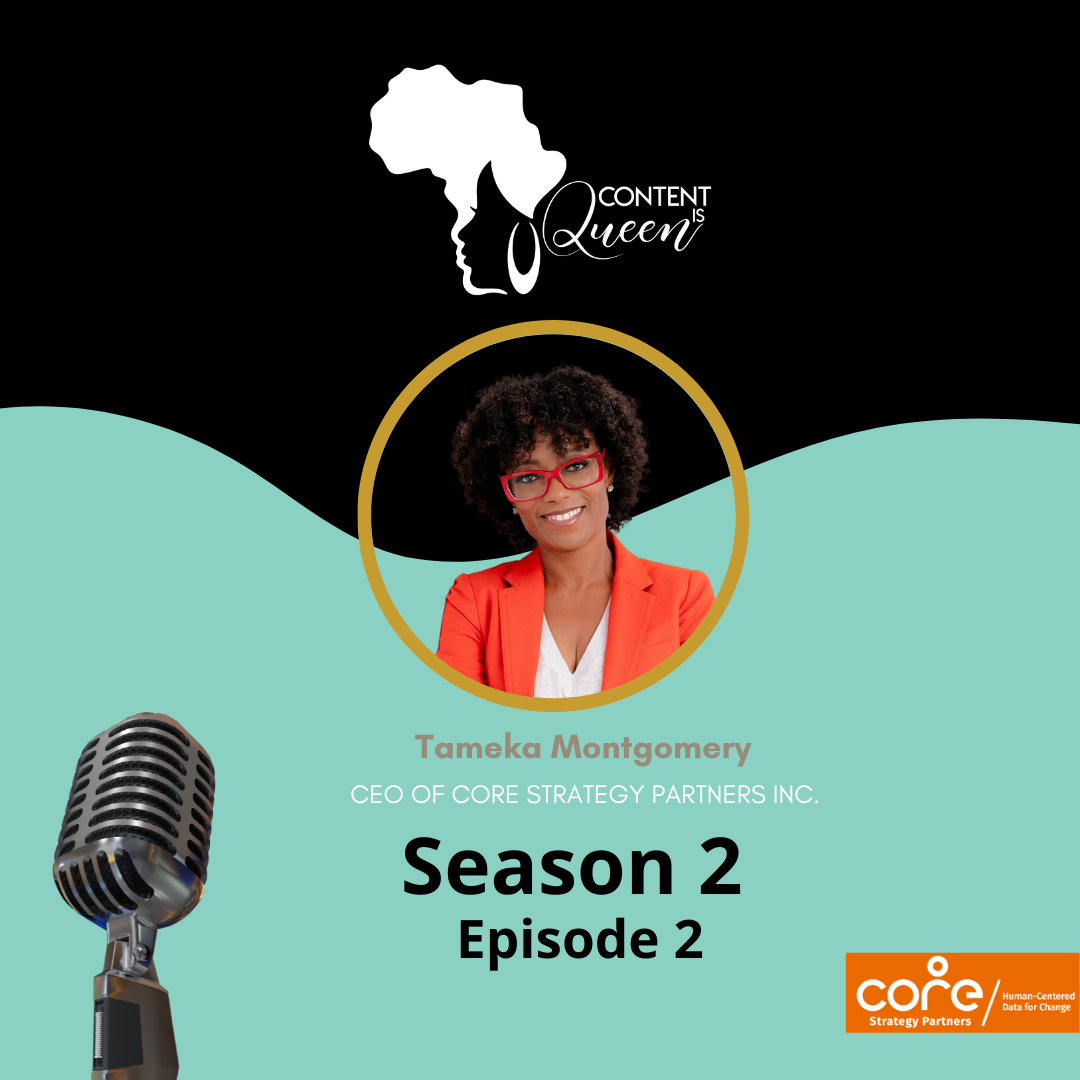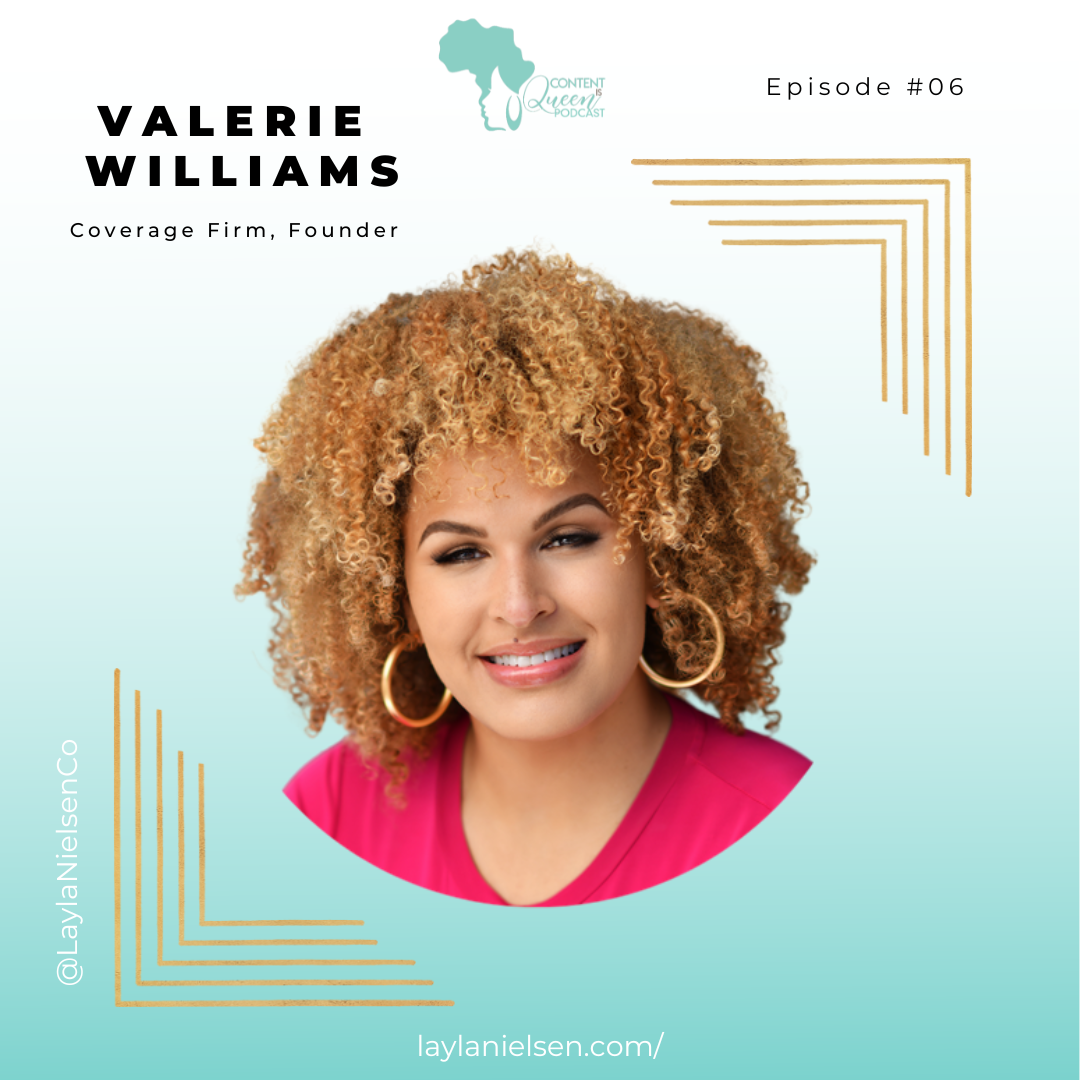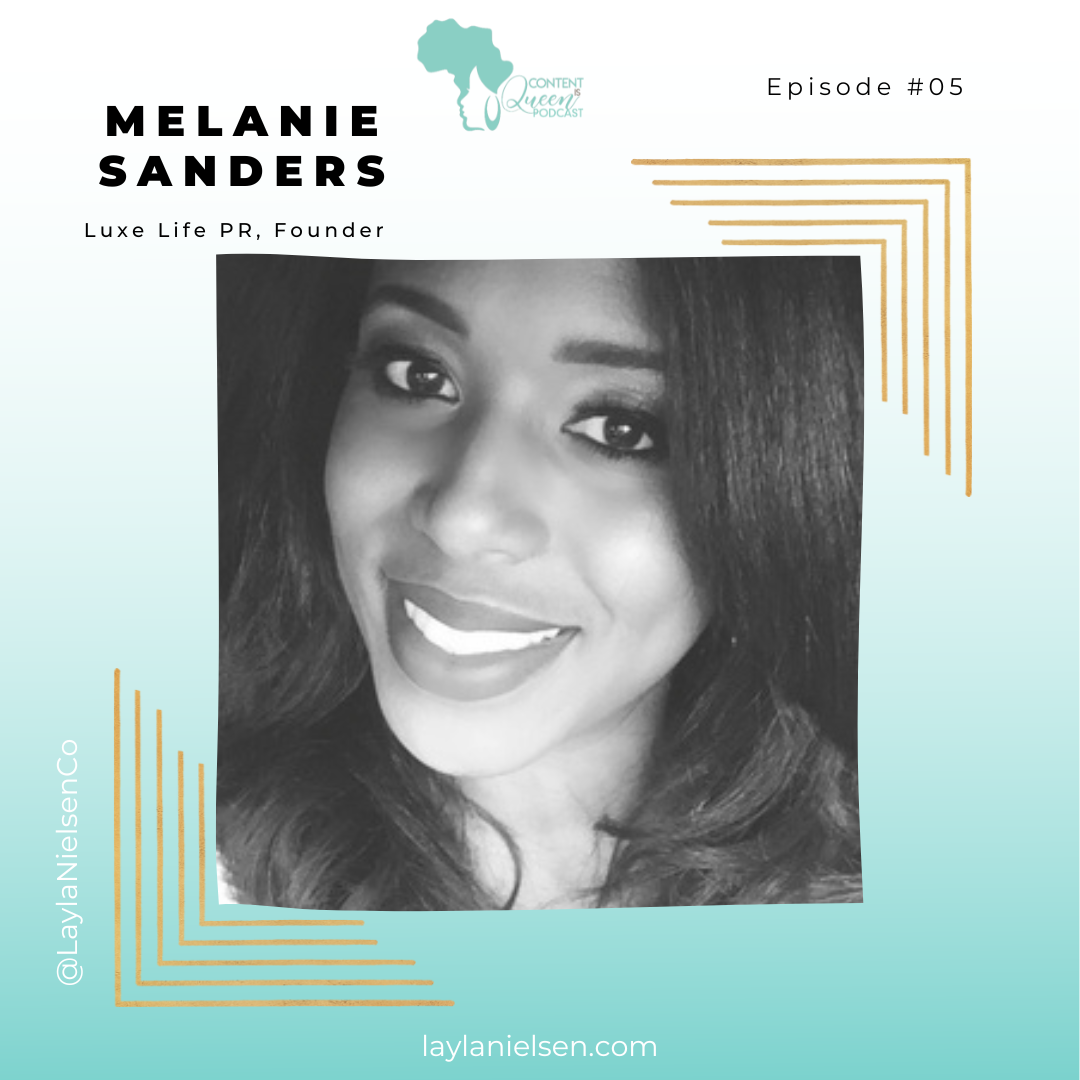No one can argue that digital advertising has long been one of the most effective digital marketing channels. Yet, how is it possible that many of us are struggling to get things right?
Business owners and marketers are hungry to get leads initially. Still, things can quickly get messy when there are no results. It happens often; advertising budgets are wasted, and there are no tangible outcomes.
This is when our expertise comes into play. When we troubleshoot clients’ digital advertising setup, we often realize that the basics are missing. Ready to find out these common missteps?
Digital Advertising 101 - Get Basics Right!
For starters, most ad setups have no strategy behind them, so ads are often running for the sake of doing it. Because let’s face it, very few advertisers will think of an advertising strategy on your behalf. They would instead focus on spending the allocated advertising budget.
Secondly, we commonly see poor execution cases such as choosing the wrong ad types, targeting mistakes, and poor choice of ad creatives and copies. These are usually signs that the digital advertising specialist in charge might be inexperienced. Google ads have been around since 2000; it’s possible to find an advertiser who can have plus 20 years or months on the clock.
So what could be the cure for all these simple advertising mistakes? Since the basics are missing, we thought digital advertising 101 would be an excellent way to tackle these challenges. This compact guide will definitely give you a perfect idea of digital advertising from strategy to practice!
That being said, shall we start with strategy first?
How to Strategize for Ads?
Every digital advertising campaign must begin with a strategy session. This is the most crucial step in digital advertising 101. But often, it gets confusing because most marketers don’t know exactly what to do in the digital advertising strategy session.
However, strategy is not an abstract subject; it’s pretty tangible. Just start by getting to know the business (niche) closer. The more you know, the easier you can come up with tactics for advertising. Here are some questions and points to note to help you with your advertising strategy:
- What’s the industry? What are the dynamics?
- What are the products & services offered?
- Who are the main competitors? Are they advertising?
- What are the CPC values for benchmarking?
- What kind of content-creating capabilities does the business have?
- Getting familiar with the business location of local businesses.
- Checking out web and social stats.
Once you get these sorted, you will have a clearer picture of where to start. You should be able to name a few digital advertising campaigns to run for the business in question.
Remember, things don’t always go according to plan once you kick off the ads. So always keep an open mind to rediscuss strategy after campaign kick-offs. Constant testing and adjusting are a digital ads 101 as well.
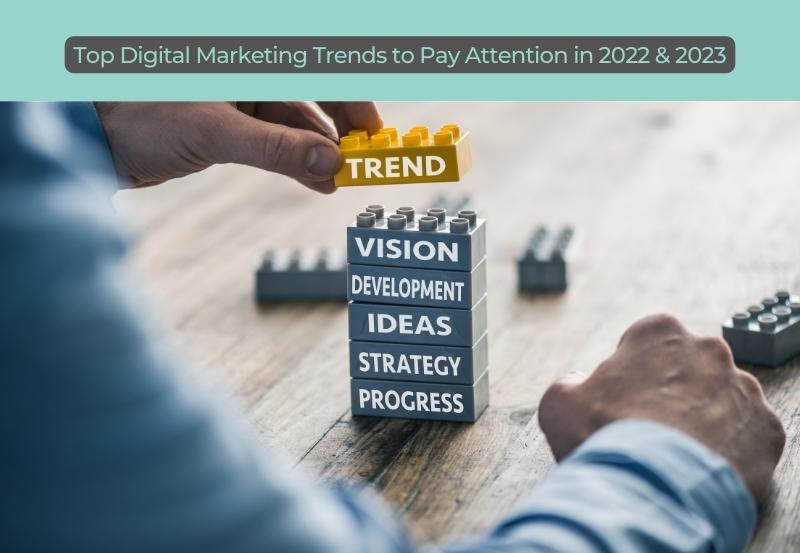
Digital Advertising 101- Key Elements
There are a bunch of different platforms that you can run digital ads, from the common ones such as Meta and Google to Twitter and Linkedin. Some of the ads are reactive in nature, such as Google ads, and some are proactive such as Facebook ads.
But the key elements of digital advertising are pretty much the same. Having great control over these elements is a digital advertising 101 so let’s go through them:
Targeting: In our experience, targeting is the most vital element of any digital advertising campaign. Once you get the targeting right, your campaigns will likely be successful. So you have to figure out how to reach your buyer persona fast. The most widely used targeting is geolocation targeting. It’s followed by interest or affinity targeting, and finally, we have the most specific one as lookalike or similar audiences. As it’s impossible to fit targeting into a few words, let’s have a comprehensive guide on the topic for advanced marketers soon.
Ad Creatives: Once you get the targeting right, it’s time to decide what to show to that audience. Ad creatives such as a photo or a video are core elements of any digital advertising campaign. So what are the best practices? For photos, using attention-grabbing images is a must. This is even superior to using relevant images because you won’t get clicks if you can’t grab the attention. Also, keep in mind that videos almost always perform better than images, so try to use them.
Ad Copies: Ad copies can include main ad texts, headlines/titles, and CTA texts. These are also digital advertising 101. Texts should not be underestimated because a considerable amount of people read texts. But there are a few things to pay attention to. Ad texts must have excellent grammar and formatting. Also, they have to be structured and attractive. There are a dozen methods to write compelling ad copies, such as storytelling or listicles. If you are particularly interested, check out this Google article for ad copy best practices.
Types of Digital Ads
Getting familiar with the digital ad types is also digital advertising 101. This way, you would know what card to play in various situations.
First of all, we have a separation between reactive and proactive advertising. For example, Google search ads are reactive because ads make impressions each time your target group initiates a search. So your ads are sort of reacting to your target audience’s interests.
On the other hand, Proactive ads are mainly paid social such as Facebook or Twitter ads. We proactively show our ads to our targeting group and hope to get their attention even if it’s not the best time. If you have a sufficient budget, it’s best to combine these two types for the best results.
Then there are different types of ads that we can leverage within the ad platforms such as Facebook or Google. In paid social, we usually have awareness type of ads that focus on reaching a wider audience or ad recalls.
Then we have the mid funnel type of ads such as website traffic ads, social media engagement ads, lead form ads, and conversational ads. Last, we have the bottom funnel ads, such as conversion or catalog sales ads.
In Google Ads, there are three main ad types: search, display, and video. Then we have the mobile app ads as a bonus. As you probably know, search ads are keywords-focused text ads mainly placed on Google search results. But these days, it’s possible to enrich them with various ad extensions such as images and phone numbers.
Then we have the display ads where you can place banners on sites that activate Google AdSense revenue. Finally, video ads refer to the ads we can publish on YouTube.
It’s hard to make suggestions on the ad types because every business is unique, and we need a tailor-made approach to reach advertising nirvana.
Nevertheless, it’s best to spend at least half of your budget on awareness ads. The rest could be divided between conversion-focused and remarketing ads.
At Layla Nielsen & Co, we have years of experience in advertising. Thanks to our digital advertising experts, we can help you hit your inorganic channel goals in no time. But before we do that, we urge you to take a look at our digital advertising 101 so that we are moving towards the same big goals.
